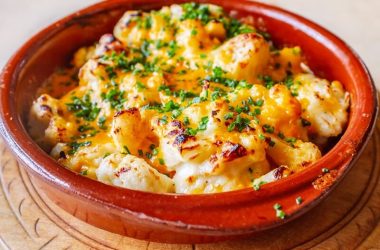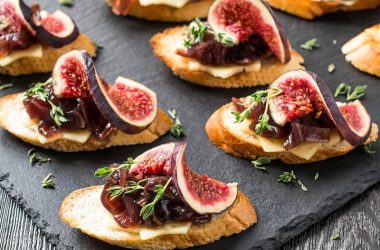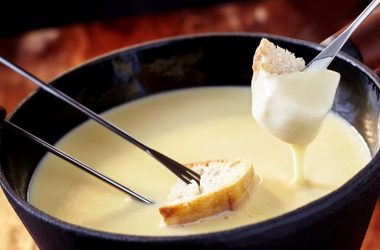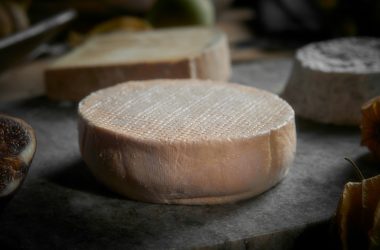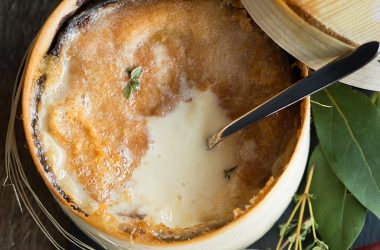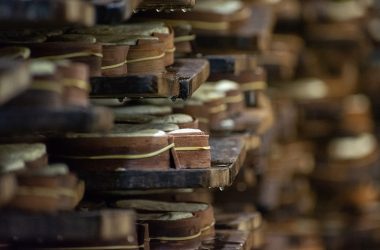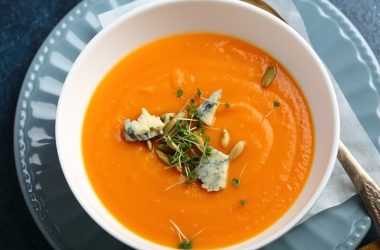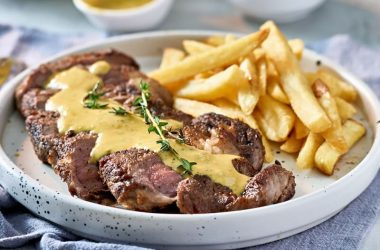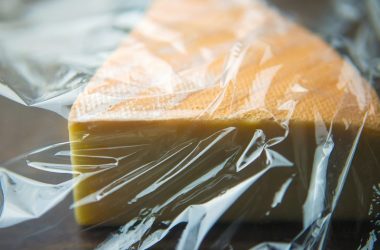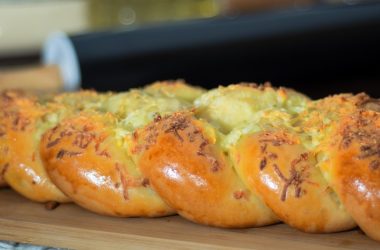A Tour of French Cheeses
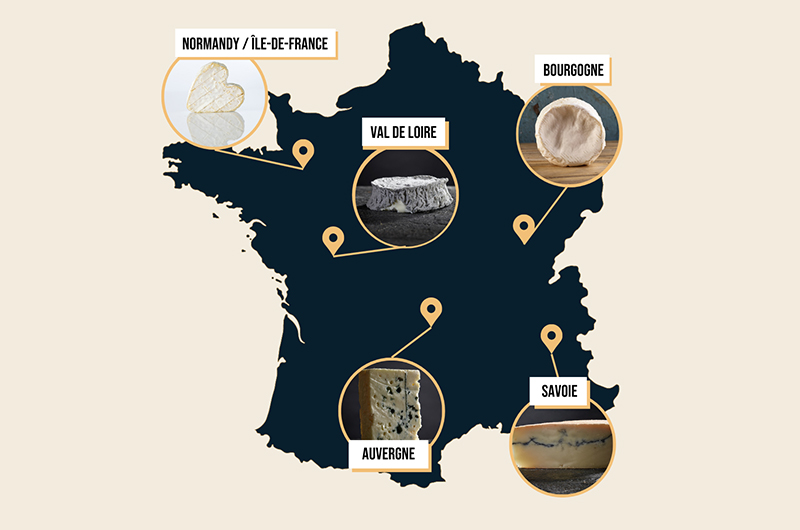
Is there a better holiday plan than sampling cheese all over Europe? Cheese is enjoyed in most countries, traditions and cultures. It embodies both old and modern, telling tales in history as well as being a huge part of today’s lifestyle. So not only is a cheese tour a great way to get to know a country, its a tasty way to explore it too.
In the first part of the Pong European Cheese Tour we’re travelling to France, to take a look at the wonderfully unique and diverse cheeses the country has to offer. France is synonymous with cheese, it’s a national staple with an estimate 1,500 cheese varieties on offer. The rich tapestry behind each cheese-making region in France tells a story of its landscape, history, culture and people. We’ve visited five regions, and explore the different French cheeses available from the area.
Normandy/ Ile de France
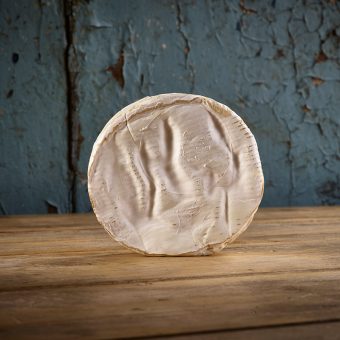
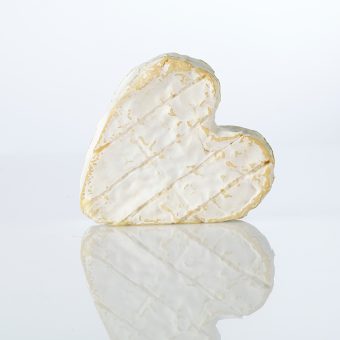
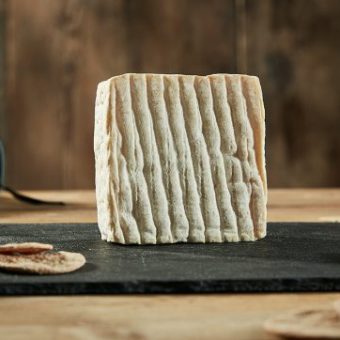
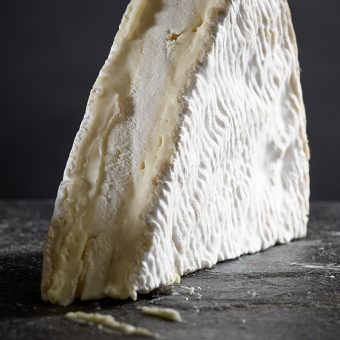
Normandy is steeped in tradition, with historically important AOC cheeses, named after the villages in which they were first developed hundreds of years ago.
The first stop on our french cheese tour is almost on the coastline, the village of Lessay, home to the original, authentic Camembert de Normandie AOC. First made in the late 18th Century, Camembert de Normandie AOC is unpasteurised, made only from milk of the Normande cows. The cheese recipe was originally given to cheesemaker Marie Harel by a priest from Brie. It was handed down from generation to generation, stopping to get a royal seal of approval from Napoleon in the late 1800s. This is the most copied cheese in the world and it’s clear why – creamy and luxurious with a delicious rind and wonderful bite. Make sure you try the original Camembert de Normandie AOC for it’s authentic and distinctive flavour.
Next we head to Calvados department where one of the oldest cheeses in the world is made: Pont l’Eveque. The story is that Pont l’Eveque was introduced by monks in the Pays d’Auge in the Thirteenth Century; it was given its current name in the seventeenth century after the village where it was produced. A manuscript from the time writes that a fine meal should always end with some of this cheese. It is similar to Camembert in that it’s creamy, soft and rich, but it has a more rustic, farmhouse aroma and the rind is washed in brine.
Heading north out of Pont l’Eveque through Rouen and you’ll reach the village of Neufchâtel-en-Bray, the heart of the Neufchâtel cheesemaking area and it’s name sake. A beautiful heart-shape makes this cheese stand out from the crowd, though like it’s Normandy counterparts, this cheese has a white bloomy rind and is creamy, soft and rich, though the taste is a little saltier and sharper. Again, this cheese is one of the oldest in the world, but this time REALLY old – its production is believed to date back as far as the 6th century AD. For the end-of-year festivals during the Hundred Years’ War, stories say that young girls offered heart-shaped cheeses to English soldiers to show their affection.
Heading east from Neufchâtel, north east of Paris, and you’ll reach the region of Ile-de-France and the village of Meaux, where the most famous of all Brie’s and still traditionally artisan made – Brie de Meaux AOC. Brie de Meaux can trace its history back to the beginning of the 1800’s when it was declared “The King of Cheeses” at a culinary tournament during the Congress of Vienna. It’s aromatic and rich with a buttery, sweet flavour and a bloomy rind. With Paris only 30 miles away the tour should undoubtedly visit this wonderful capital city for a peak at the Arc de Triomphe and Eiffel Tower, also a great place to taste many French cheeses!
Bourgogne
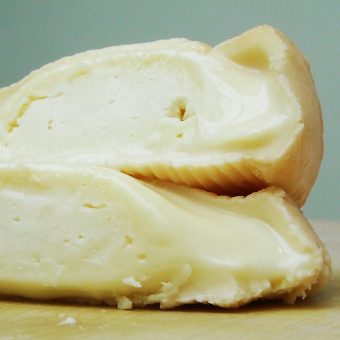
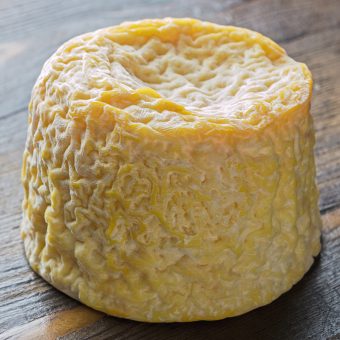
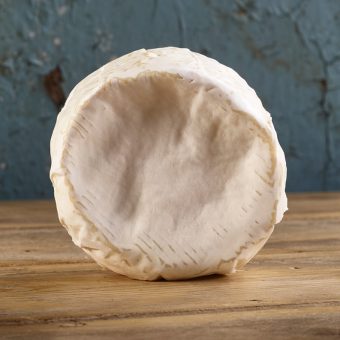
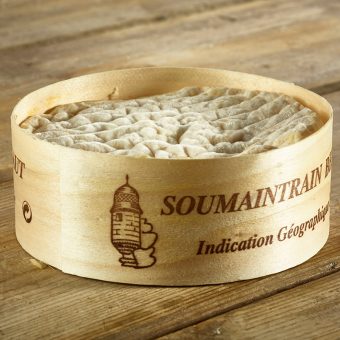
Bourgogne, or in English “Burgundy,” offers a multitude of world class cheeses made to perfectly compliment the famous wines of the area. Starting from east to west takes us first to the Vosges mountains in Alsace where Munster AOC is made. A semi-soft, pungent cheese, it’s flavoured with cumin, has a sticky texture and a distinctive red-orange rind. The name Munster is derived from the little town of Munster where Vosgian abbeys and monasteries used to make this cheese since the Middle Ages. It’s said that the best Munster cheeses are produced in the summer and autumn when the cows graze on the ‘high stubble’ of the Vosges.
A wonderful triangle of cheese-making awaits you south east, where you’ll find the villages of Langres, Chaource and Soumaintrain, three semi-soft cheeses all with their own subtle qualities. Langres AOC is a very distinctive cheese. cylindrical in shape with a ribbed rind and bowl top, it has been continuously washed in brine and annatto giving it a beautiful orange colour. It’s quite a firm cheese and has a surprisingly mild centre. For a complex layer of flavours in every bite make sure you eat the rind. Soumaintrain is a cow’s milk cheese dating back to the 12th century. It has a moist, washed rind that is pale yellow or ochre in colour, as well as a soft and creamy centre which will ooze deliciously when left at room temperature.
Chaource AOC has a thick rind, paler than it’s cousin’s with a lovely buttery interior due to the use of triple cream in its production. The taste is quite strong and similar to a Neufchatel. These three villages are beautifully quaint, which champion their cheese name sake: an essential stop on this gastronomical tour. Last but by no means least in this area is Epoisses de Bourgogne AOC, famed for it’s pungent aroma and wonderfully spicy flavour. Our Epoisses is from the master fromager Gaugry based south of Dijon, just east of the village of Epoisses.
Savoie
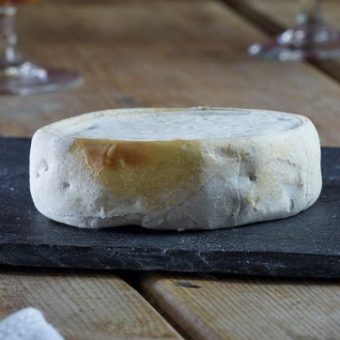
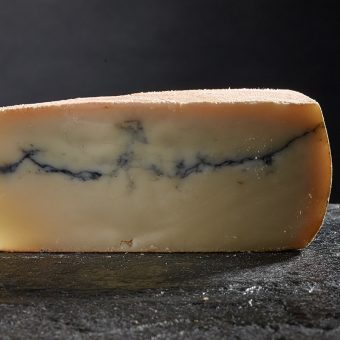

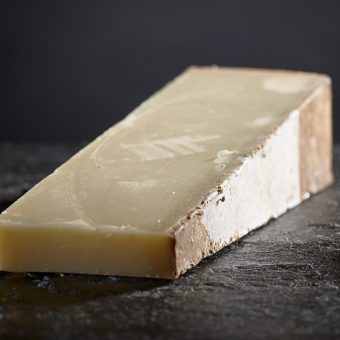
In south eastern France, we find ourselves in the French Alps. The Savoie region is home to eight AOC cheeses, all of which are alpine superstars and famous for their sweet, rich mountain milk.
Our first stop of the region is the village of Reblochon, home of Reblochon AOC, or sometimes called Reblochon de Savoie. The French word reblocher roughly translates as ‘re-pinch the cows udder’. This tells us how this legendary ancient cheese is made by using the second milk batch of the day, which make it extra creamy and supremely delicious. In the 16th century the cheese also became known as “fromage de dévotion” (devotional cheese) because it was offered to the Carthusian monks of the Thônes Valley by the farmers, in return for having their homesteads blessed.
Travelling north of Lake Geneva brings us to the Jura mountains, where we’ll find three cheeses: Morbier, Mont d’Or and Comte. Traditionally, Morbier AOC was made with a layer of morning milk and a layer of evening milk. The cheesemakers would end the day with leftover curd that was not enough for an entire cheese so they pressed the remaining evening curd into a mould and spread ash over it to protect it overnight. The next morning, the cheese would be topped up with morning milk. Nowadays, the cheese is usually made from a single milking with the traditional ash line replaced by vegetable dye. It has a creamy alpine taste you’d expect from a cheese from this region but with a softer texture.
Mont d’Or translates to ‘Golden Mountain’, and is a the highest point of the Doub’s region. Legend has it that in 1871, a soldier from Bourbaki’s army brought the famous recipe with him to the Charbonnieres. However archival documents can date the appearance of this cheese in the region to the 12th century, invented by the farmers of Mont d’Or massif. During this period, the mountain pastures of the high plateaux of the Jura were managed by the great abbeys of Saint-Claude and Montbenoît, where they would carry out livestock farming and dairy production. From the 14th century, it is documented that ‘fruitières’ were created, or in other words, cheese factories.
The 19th Century saw the ‘Société coopérative de laiterie des Charbonnières’ begin producing Vacherin Mont d’Or, with celebrated affineur Jules-Moïse Rochat responsible for the maturing of the cheese. Now it is made exclusively by 11 affineurs. We actually sell the unpasteurised version of Vacherin Mont d’Or which is made just over the border in Switzerland. It is indescribably creamy and gorgeous with the unmistakable aroma of alpine milk.
Comte is our final cheese of the region. It is made in the Jura from milk produced by the same cows that produce the milk for Vacherin Mont D’Or once the summer has ended. Comte has the highest production of all French cheeses with over 66,500 tonnes made annually. It was created because the shepherds of the Jura would spend so long up in the mountains in their huts that they needed a hard cheese that would mature slowly throughout their stay away from the town. Now renowned as one of the smoothest and richest cheeses on the planet, full of alpine goodness.
Auvergne
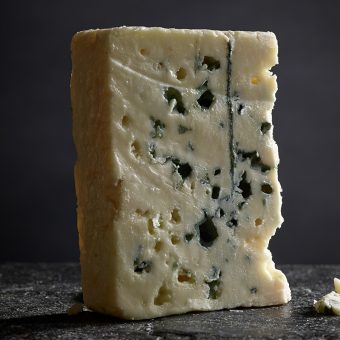
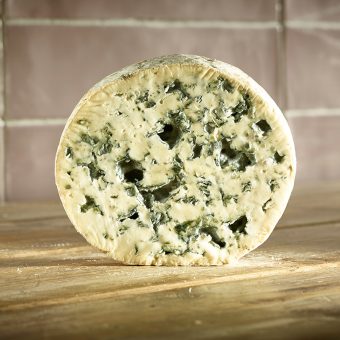
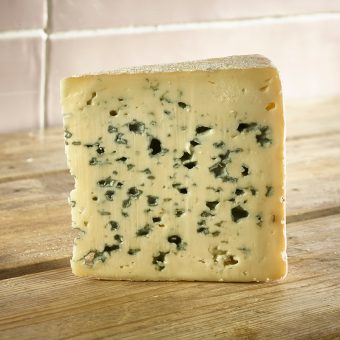
A spectacular, mountainous region, specialising in fine, flavoursome blues and hard cow’s milk cheeses.
Roquefort AOP is the jewel the crown of this region, stored in the ancient caves by the village Roquefort-sur-Soulzon, near Millau. The legend is that a young farmer was distracted from his ewes’ milk cheese sandwich by a beautiful girl walking in the distance. He chased after her and left his meal in a nearby cave. After presumably quite a successful encounter, he returned a few months later, and the mould (Penicillium Roqueforti) had transformed his plain cheese into Roquefort. This exquisite cheese is salty and strong with a silky texture.
You wouldn’t be wrong if you thought Bleu d’Auvergne AOC was a Roquefort but made with cow’s milk instead of ewe’s milk. Essentially it was developed from the same recipe and the same techniques as Roquefort and is made using the same mould Penicillium roqueforti. However since 1975, when it received its AOC status, Bleu d’Auvergne has been adored in its own right France and the world over.
La Fourme d’Ambert AOC is also a blue-veined cheese. It is produced in the mountainous region of Puy-de-Dôme, at an altitude of between 600 to 1,600 metres. This lush environment and local biodiversity gives the cheese a subtle and delicate flavour and aroma. It’s actually one of the oldest French cheeses out there, dating back to Roman times. We only sell the original, handmade AOC version of this special blue cheese. Travel east and you’ll reach the village of Saint Nectaire, home to the semi-soft, washed-rind cheese of the same name. It’s made from the milk of Salers cows that feed on rich, volcanic pastures in the area. The creamy, supple, silky-textured paste melts in the mouth to reveal flavours of nuts, hay, cellars and mushroom.
Val de Loire
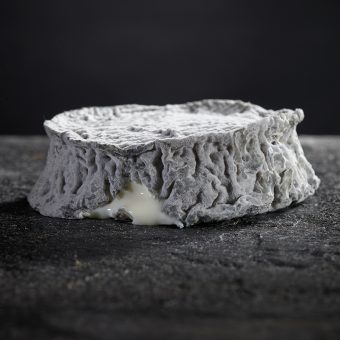
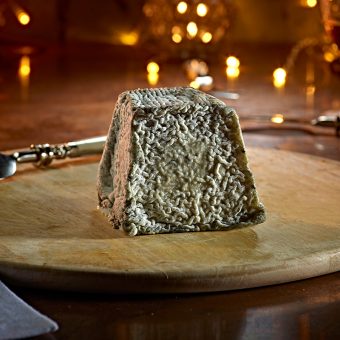 Valencay AOC
Valencay AOC
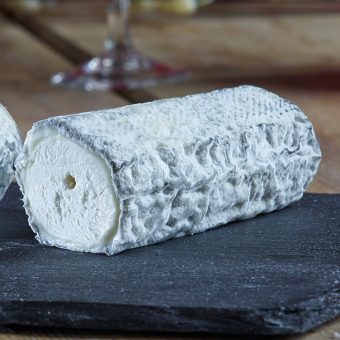
Our final destination on our French cheeses tour is the Loire Valley. The home of the chateaux of kings and queens and the pinnacle of goat’s cheese royalty, with four achieving AOC status.
Selles sur Cher AOC, Valencay AOC and St Maure de Touraine AOC all come from small villages surrounding the city of Tours. Selles sur Cher village started making their goats cheese in the 19th century. Traditionally hand made with unpasteurised milk, Selles sur Cher is slightly unusual in that the curd is ladled directly into its mould which contains tiny holes for the whey to run off naturally. The result is goat’s cheese perfection. With its distinctive ash-coating and pure white, fondant-like creamy paste, Selles sur Cher looks like nothing else and the taste is quite unexpected.
Valencay is a beautifully crisp and fresh tasting goat’s cheese. Legend has is that Napoleon ordered the top was cut off the originally pyramid-shaped cheese because he’d just returned from an unsuccessful trip to Egypt and their shape annoyed him. Enjoy it with a crisp Sauvignon Blanc, perhaps in the gardens of Chateau de Valençay, or indeed your own garden. Our final stop on this French cheese tour, is the ancient village of Sainte-Maure de Touraine. Trip advisor’s no. 1 activity in this village is sampling Sainte-Maure de Touraine AOC goat’s cheese, which is actually the second most popular goat’s cheese in France. It’s young and fresh, a with gentle, comforting taste. The perfect end to an epic tour of French cheeses.
You can enjoy all these French Cheeses from the comfort of your own home. Try one of our French Cheese Boxes, or browse our individual French cheeses and create your own selection.

